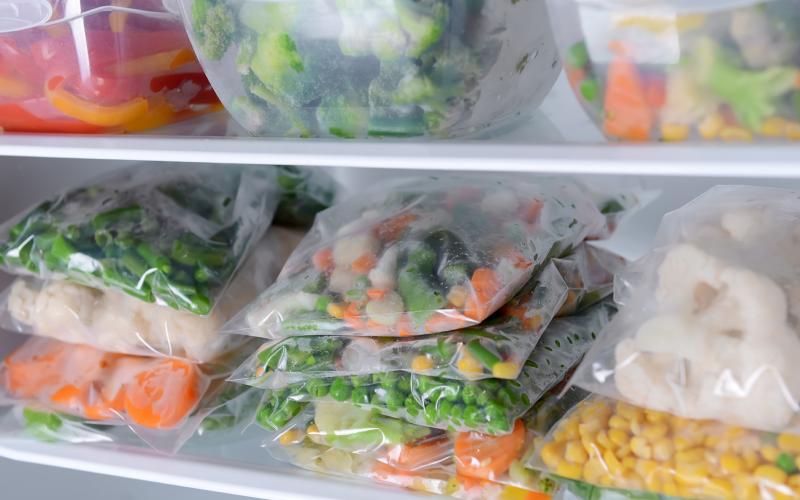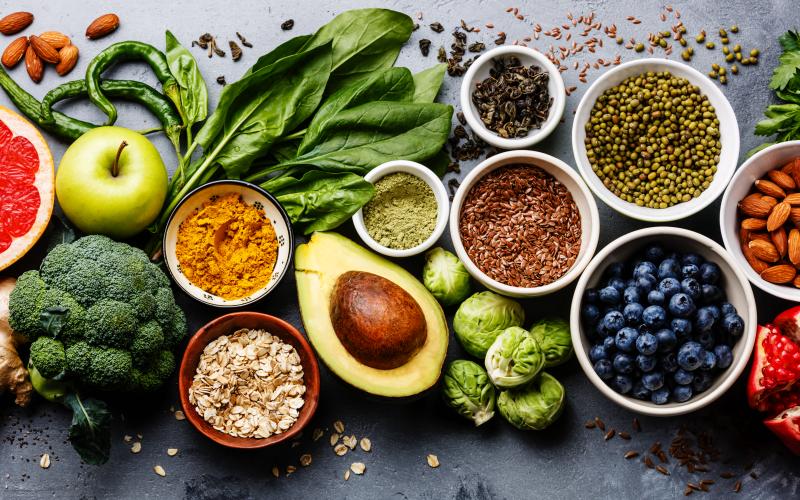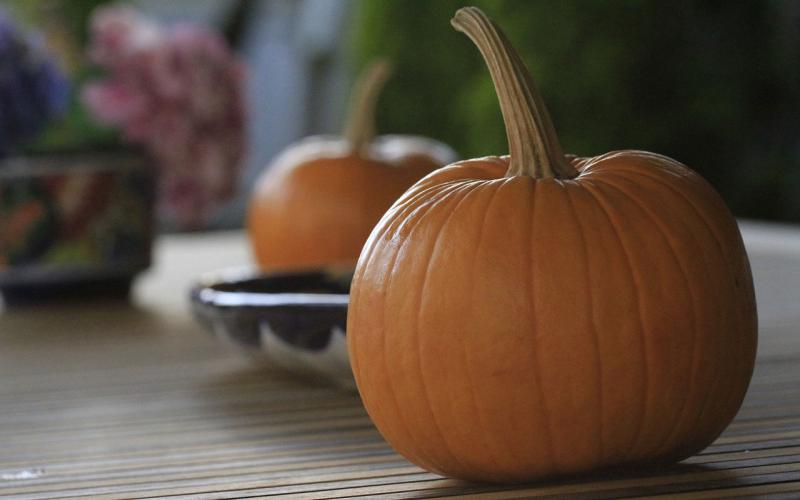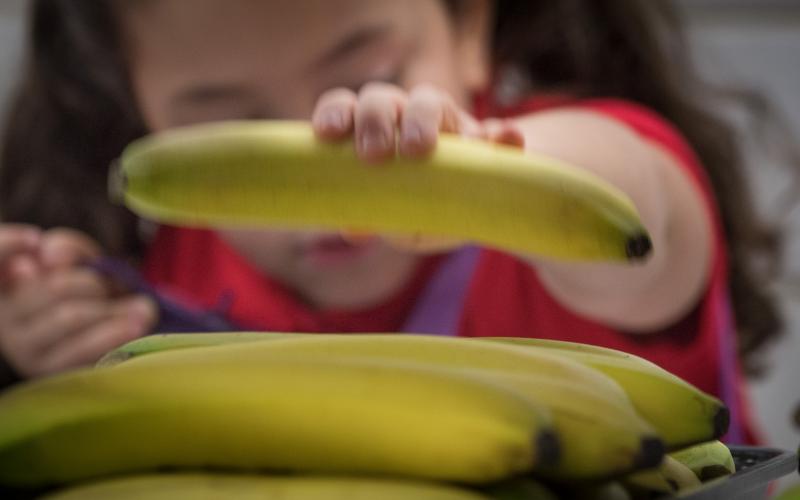Search
![A green tractor planting seeds in a no-till field. Courtesy: United Soybean Board [CC BY 2.0] via Flickr](/sites/default/files/styles/teaser_800x500/public/2019-10/W-00433-00-no-till-planting-soybeans-field.jpg?h=b2774bcf&itok=4KjGmXKP)
Farm Practices That Improve Soil Health: Crop Rotations and No-Till
Implementing crop rotations and no-till practices are common suggestions to reduce erosion, control pests, and improve yields. These practices can also improve soil health through an increase in soil carbon levels.

Freeze Now, Eat Later! Freezer Meal Workshop
Freezer meals provide families with the option to have a home cooked meal with minimal effort on busy days.

A Guide to Drying Foods
Fact sheet about drying foods

Preserving Pumpkin
Pumpkins are a staple for the fall season. They can often be seen used to decorate homes or for carving jack-o'-lanterns, but they’re great to eat or can for later too!

Food Waste in Schools and Strategies to Reduce It
You may be wondering what can schools do to help in food waste reduction efforts? In school nutrition programs there are a variety of steps in which food loss can be controlled ranging from planning the meals to serving the food.

Easy Home-Cooked Meals in One-Pot
With changes to the schedules and day-to-day activities of our lives, we may be looking for ways to include the goodness of home-cooked meals for ourselves and our families. One-pot meals can be the answer.

Teaching Math and Science in the Kitchen: 24 Ideas
Children can learn valuable skills in the kitchen: measuring ingredients, following a recipes, and much more. Have you ever considered that these skills double as math and science skills?

Make Your Own Kitchen Cleaning Sanitizer
There are a number of sanitizing products that you can buy at the store, but an inexpensive sanitizing solution can be made at home. You will need unscented liquid chlorine bleach, water and a spray bottle.
South Dakota State 4-H Ambassadors Attend National 4-H Summit on Healthy Living and 4-H Healthy Habits Conference
March 23, 2020
Three South Dakota State 4-H Ambassadors joined other teen leaders from across the country at the 4-H Healthy Habits Conference and National 4-H Summit on Healthy Living to learn how to be advocates for promoting healthy lifestyle choices in their communities.

Microwave Cooking and Safety
As we get busier with work and school activities, it sometimes becomes challenging to have a meal right off the stove. This article will give you some cooking and safety tips for the microwave.